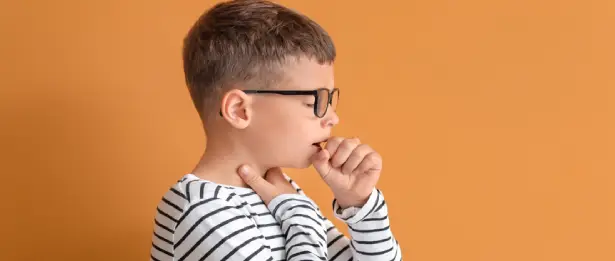Foreign Body Aspiration in Children
Aspiration of a foreign body is when a child smuggles a food or substance from the mouth into the windpipe.

Aspiration of a foreign body is when a child smuggles a food or substance from the mouth into the windpipe. This food may be given to the child by adults, or sometimes the child may accidentally put a solid food or hard object in his/her mouth and it may get into the windpipe. The most commonly aspirated substances are foods such as seeds, hazelnuts, peanuts, walnuts, corn, chickpeas, beans, chickpeas, carrots, bone fragments, but sometimes small toy parts, beads, pencil caps, erasers, but any substance that can be put into the mouth can be aspirated.
Foreign Body Aspiration Treatment at Liv Hospital
Since the foreign object remains in the lungs, it may cause irreversible lung damage, so it is vital to recognize this situation and intervene early.
When a child ingests an object into his/her windpipe, first of all, if there is a visible object in his/her mouth, it should be carefully removed, breathing should be ensured and age-appropriate maneuvers such as "hemlich manoeuvres" should be performed. Never blindly insert a finger into the mouth. 112 should be called and the emergency center should be contacted as soon as possible.
In some children, complaints may subside minutes after the foreign body is aspirated and the patient may return to normal breathing. Even if the patient is well, a health center should be consulted. If the foreign body aspiration is not new, but belongs to the previous days, the patient should be taken to the doctor who follows him during the day and be examined.
How is Foreign Body Aspiration Treated in Children?
The history of a foreign body entering the trachea is the most important part in the diagnosis of the disease. Additionally, physical examination and chest radiography should be evaluated. The fact that the patient has no complaints at the time of admission and that his physical examination and chest X-ray are normal does not indicate that a foreign body was not aspirated. All patients with a history of foreign body aspiration should undergo bronchoscopic evaluation.
Treatment is removal of the foreign body with a bronchoscope. Similarly, diagnostic bronchoscopy should be performed to investigate possible foreign bodies or airway problems in children who are resistant to treatment or have frequently recurring wheezing, cough, sputum or lung infections.